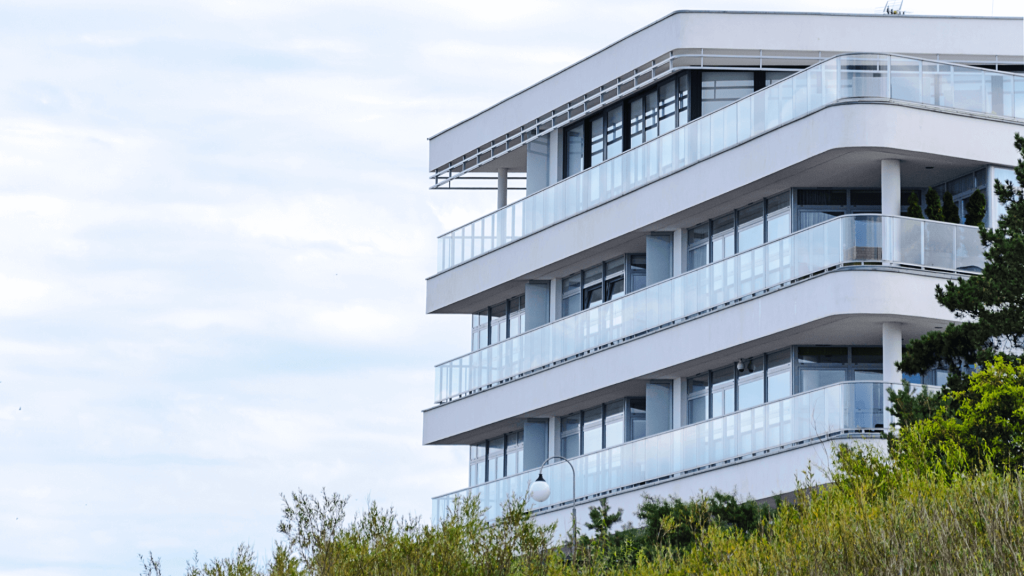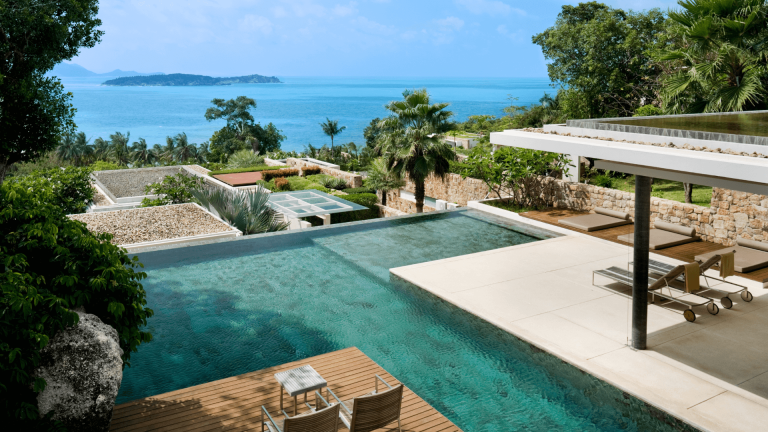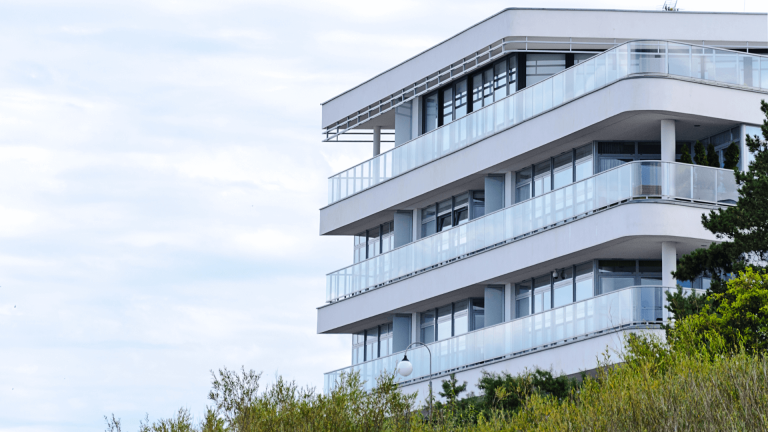You’ve decided to rent out your apartment. Renting furnished premises is subject to income tax in the industrial and commercial profits (BIC) category. But which tax regime should apply to this income, and how do you choose the most advantageous?
As a reminder, LMNP status applies to all types of furnished rentals, including :
- Classic furnished rentals (furnished residential lease)
- Seasonal rentals;
- Classified vacation rentals and bed and breakfasts
In the case of furnished rentals, the BIC system offers two possibilities: the micro BIC system or the actual system. Understanding these two plans is particularly important for making the right choice!
1 – THE MICRO BIC REGIME
The micro-BIC scheme offers simplified taxation. A flat-rate allowance of 50% applied to gross furnished income before commissions. Gross income corresponds to rents and charges received for furnished properties located in France during the year. After deduction, income is subject to income tax and social security contributions (CSG, CRDS, etc.).
This regime is applied by default if your furnished income is below the €70,000 ceiling.
Note: In the case of a classified furnished tourist rental and bed and breakfast, the applicable allowance is 71%, with a threshold of 170,000 euros.
For tax purposes, simply enter the gross rental income for the year on your 2042C form. The administration will apply the 50% allowance directly.
2 – THE REAL BIC REGIME
Alternatively, you can opt to declare your business under the “régime réel” or be subject to it if you are above the micro BIC thresholds.
It allows you to deduct all expenses incurred solely for the acquisition or operation of the property , such as notary fees, loan interest, maintenance work and insurance, as well as the book depreciation of the property and movable assets. Depreciation is an accounting concept which consists of charging each year a fraction of the value of an asset used on a long-term basis to take account of its loss of value. This additional expense can considerably reduce your tax bill on rental income!
On the declarative side, you’ll need to submit a tax return, but also report the result on your income tax return.
Note : You can voluntarily opt for the “régime du réel”, even if your furnished income is below the €70,000 ceiling. If your income exceeds this ceiling, you must apply the actual profit system.
Without any surprises, the “régime réel” requires the involvement of a chartered accountant to keep the accounts and depreciate the property and furnishings correctly, otherwise you risk a tax reassessment in the event of an error.
So which diet should you choose? Only personalized simulations will enable you to make the best choice from a tax point of view.
Do you have any questions? Your dedicated team member will be happy to answer any questions you may have.
Circular written by Maud MESTRE – Tax Manager at RUFF & ASSOCIÉS





